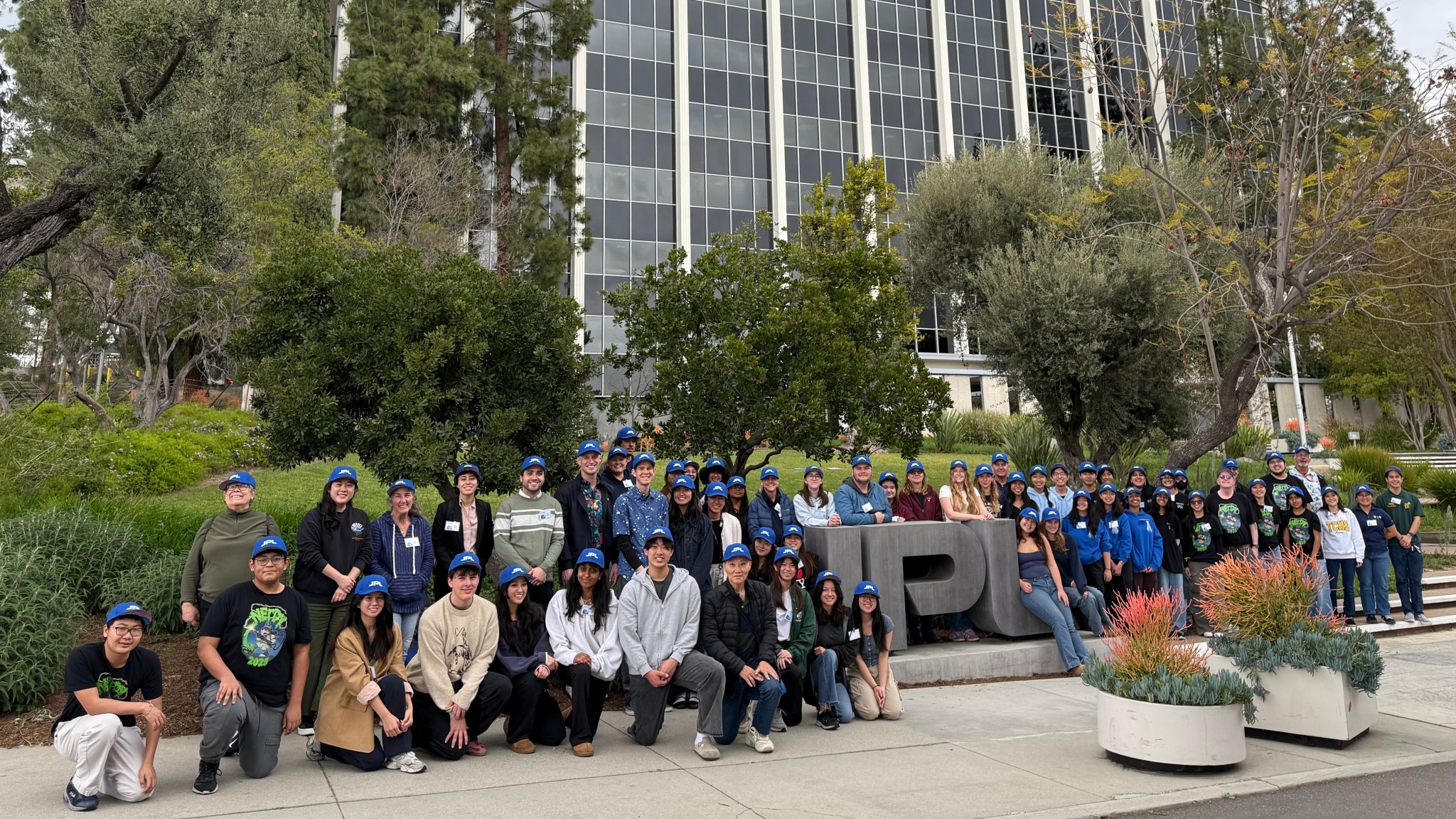3 min read
Preparations for Next Moonwalk Simulations Underway (and Underwater)
The annual regional event puts students’ knowledge of ocean-related science to the test in a fast-paced academic competition.
A team of students from University High School in Irvine earned first place at a fast-paced regional academic competition focused on ocean science disciplines and hosted by NASA’S Jet Propulsion Laboratory in Southern California.
Eight teams from Los Angeles and Orange counties competed at the March 29 event, dubbed the Los Angeles Surf Bowl. It was the last of about 20 regional competitions held across the U.S. this year in the lead-up to the virtual National Ocean Sciences Bowl finals event in mid-May.
Santa Monica High School earned second place; Francisco Bravo Medical Magnet High School in Los Angeles came in third. With its victory, University repeated its winning performance from last year. The school also won the JPL-hosted regional Science Bowl earlier this month.
For the Ocean Sciences Bowl, teams are composed of four to five students and a coach. To prepare for the event, team members spend months answering multiple-choice questions with a “Jeopardy!”-style buzzer in just five seconds. Questions come in several categories, including biology, chemistry, geology, and physics along with related geography, technology, history, policy, and current events topics.
A question in the chemistry category might be “What chemical is the principal source of energy at many of Earth’s hydrothermal vent systems?” (It’s hydrogen sulfide.) Other questions can be considerably more challenging.
When a team member buzzes in and gives the correct answer to a multiple-choice question, the team earns a bonus question, which allows teammates to consult with one another to come up with an answer. More complicated “team challenge questions” prompt students to work together for a longer period. The theme of this year’s competition is “Sounding the Depths: Understanding Ocean Acoustics.”
University High junior Matthew Feng, a return competitor, said the team’s success felt like a payoff for hours of studying together, including on weekends. He keeps coming back to the competition partly for the sense of community and also for the personal challenge, he said. “It’s nice to compete and meet people, see people who were here last year,” Matthew added. “Pushing yourself mentally — the first year I was shaking so hard because I wasn’t used to that much adrenaline.”
Since 2000, JPL’s Public Services Office has coordinated the Los Angeles regional contest with the help of volunteers from laboratory staff and former Ocean Sciences Bowl participants in the local community. JPL is managed for NASA by Caltech.
The National Ocean Sciences Bowl is a program of the Center for Ocean Leadership at the University Corporation for Atmospheric Research, a nonprofit consortium of colleges and universities focused in part on Earth science-related education.
News Media Contact
Melissa Pamer
Jet Propulsion Laboratory, Pasadena, Calif.
626-314-4928
melissa.pamer@jpl.nasa.gov
2025-044








